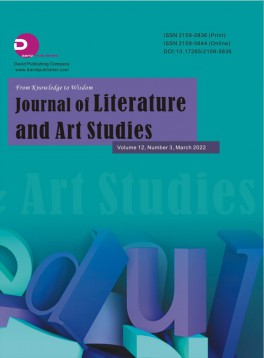Study on the Translations and Spread of The Three-Character Classic in Russia
關鍵詞:classic translation russia
摘要:As a widely circulated and far-reaching Chinese ancient Mongolian classic, Three-Character Classic has received the attention of the West as early as the 16th century. Since seventeenth century, the Three- Character Classic has been translated into many languages and has become an important medium for many countries to learn Chinese and understand Chinese culture. With the deepening of cultural exchanges between China and Russia, in 18th century, Tsar Peter I has sent Orthodox missionaries to China many times and the Qing Dynasty government set up the Russian pavilion in Beijing. At the same time, the Three-Character Classic was spread to Russia by the Russian Mission in Beijing and four Russian translations of the Three- Character Classic appeared within a short period of one hundred years. In this paper, we will explore the spread and influence of the Three-Character Classic in Russia by invesitigating the causes and impacts of the four Russian translations of the Three-Character Classic.
藝術研究雜志要求:
{1}文稿中的數據不能同時以圖和表表述,只能選擇其一;采用法定計量單位,物理量用法定計量符號表示。
{2}文稿按順序應包含:中文題名、作者姓名、作者單位、中文摘要、關鍵詞、正文、參考位文獻。
{3}中文題名一般不超過20字,必要時可加副題名。
{4}參考文獻:請用五號仿宋。執行中華人民共和國國家標準GB/T7714-2005《文后參考文獻著錄規則》。
{5}摘要應為論文主要內容的濃縮和提煉,要求以“[摘要]”表示,不應使用諸如“本文認為”,‘“筆者認為”等評價性語言,字數在300字以內。
注:因版權方要求,不能公開全文,如需全文,請咨詢雜志社

